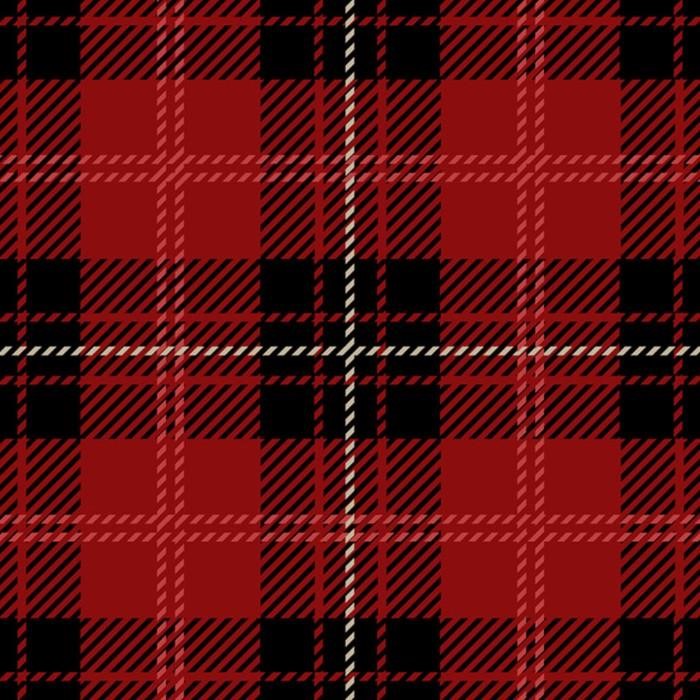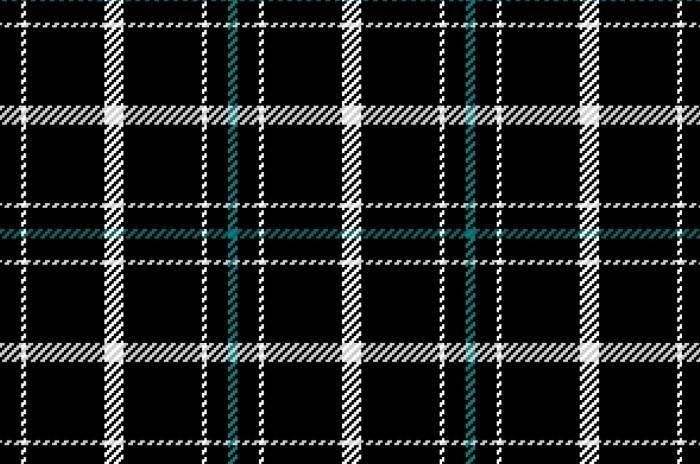
Subscribe To Emails
Subscribe to the YourCotton mailing list to receive updates on new arrivals and promotions (about once every 6 weeks)!

If you're looking for a cozy fabric to work with, flannel is a great choice! Flannel is perfect for quilting because it's soft, durable, and easy to sew. In this blog post, we will give you some tips on how to create beautiful quilts with flannel fabric. We'll also show you some of our favorite quilt patterns that work well with flannel. So whether you're a beginner or an experienced quilter, we hope you find these tips helpful!
Flannel is a type of fabric made of plain woven cotton fibers. It is traditionally used for quilting but can also be found in other applications, such as blankets and clothing. The benefits of using flannel for quilting include its softness, warmth, breathability, and durability. Flannel's thin layers trap air within its fibers to provide added insulation and keep you warm during cold winter nights.
It is also lightweight, making it perfect for layering on the quilt top of existing quilts or fabrics without adding bulk or weight. Additionally, because flannel does not fray easily, it prevents seams from unraveling over time and keeps your project neat even after many washing items. Because flannel retains dye well and comes in various patterns, it's great for adding design elements to quilts and other crafts. With its versatility, flannel is a must-have fabric for any quilter!
When choosing the suitable flannel fabric for a project, there are several factors to consider. First and foremost is the type of fabric you need for your project. Flannel comes in different weights, from lightweight summer fabrics to heavier winter varieties. If your project requires a specific thickness or weight of the material, make sure you choose accordingly. The backing fabric is also substantial when choosing the right flannel fabric for your project.
The next factor to consider when selecting flannel is the fiber content; many flannels contain blends of quilting cotton, wool, and synthetics that can affect their performance. Cotton-blend flannels have a soft hand feel and good drape but may not be as durable as all-wool varieties, which tend to be more substantial and long-lasting. Polyester/cotton blends offer good wrinkle resistance and strength while maintaining a soft hand feel. Cotton batting is also important when working with flannel; it should be quilted in order to keep the fabric from shifting or bunching.
The flannel weave is also essential when choosing the suitable fabric for your project. While standard brushed, twill, and plain weaves are common, other decorative weaves, such as herringbone or mini-check, can add texture to an otherwise simple design. Finally, consider the durability and washability of the fabric; some flannels may be prone to pilling or snagging over time. Look for quality fabrics pre-shrunk and treated with a durable finish to ensure your project stands the test of time.
One of the most popular quilting techniques that use flannel fabric is Layer Cake Quilt. This method uses pre-cut squares of fabric to create a colorful, patchwork quilt with minimal sewing. Another common technique is Log Cabin Quilt. This type of quilt features strips of fabric in a log cabin pattern, making it easy to customize and create unique designs. Machine quilt is also a popular technique that produces neat, even stitching without much effort.

Flannel rag quilts are also gaining traction as they typically use heavier fabrics like flannel and denim, resulting in a highly cozy blanket when finished. Finally, Flannel Fusible Appliqué is becoming increasingly popular as it’s simple and results in beautiful quilts with intricate details. With this technique, you can easily add appliqués to your quilt and fuse them in place with an iron.
Caring for your finished quilt is one of the most important aspects of quilting. Flannel fabrics are prone to shrinkage and fading, so it's essential to take extra care when washing and drying them. Here are a few tips for keeping your quilt looking its best:
To prevent shrinkage or fading, the flannel fabric should be washed gently in cold water with mild detergent. Avoid using bleach and hot water, as these can damage the fabric's fibers.
Tumble dry on low heat to dry your flannel quilts, and remove it immediately when the drying cycle is complete. Do not leave your flannel quilt in the dryer for too long, as this can cause it to shrink or wrinkle.
Use a low-to-medium setting when ironing your first flannel quilt and press from the back of the fabric instead of directly on top to avoid burning or permanently damaging it.
Fold your flannel quilt and store it in a cool, dry place away from direct sunlight. Make sure there is enough ventilation to avoid humidity buildup, which can lead to mildew growth.
If necessary, spot-clean your finished quilt with a damp cloth using only cold water and mild detergent. Allow the fabric to air dry before storing or ironing.
We hope you've found these tips helpful in crafting beautiful quilts with flannel fabric. With the proper care, your finished project will stand the test of time and keep you warm for years to come!
In conclusion, quilting with flannel fabric is an enjoyable and rewarding experience. To ensure your final project looks its best, remember to select the right fabric for it, take care when washing and drying it, and store it in a cool and dry place away from direct sunlight. With these tips in mind, you can create beautiful quilts with flannel fabrics that will keep you warm and cozy for years to come!